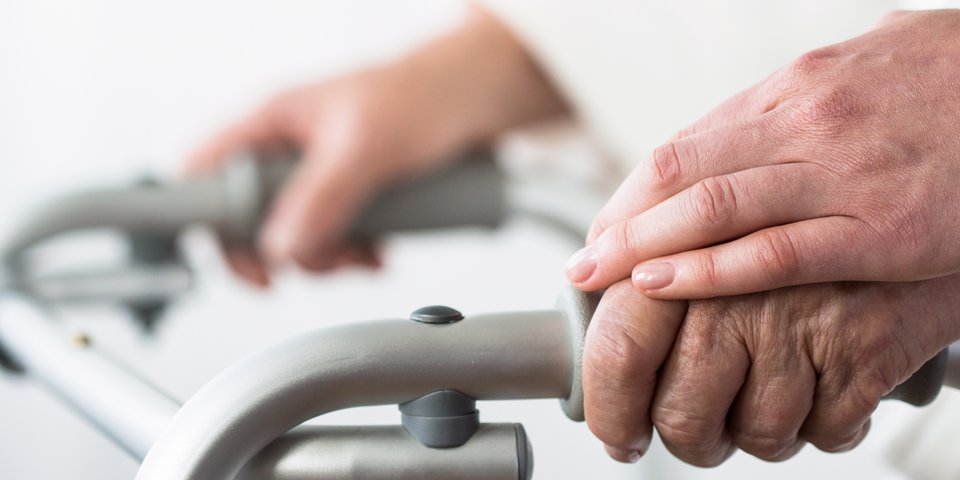 ©Photographee.eu - stock.adobe.com
©Photographee.eu - stock.adobe.comCombating inequality in nursing care
Value creation potential in care
LB – 06/2022
Care work is predominantly performed by women –
not only within the EU. This applies both to paid care workers within the
social security systems and to unpaid care work, e.g. in families and
households, where women look after the offspring or the older generation.
Precarious effects mainly affect women
The number of paid carers within the EU is
estimated at around 12 million. They tend to be in the lower third of the wage
distribution; moreover, they often work part-time and have a fixed-term
contract. Also
the access to social security may be restricted, especially for home care
workers. Within the EU, the political and legal framework conditions for care services differ from one Member State to another.
Even though the gender gap has narrowed somewhat
in recent years, it is still large. An estimated 92 per cent of adult women in
the EU perform unpaid care work on a daily basis, compared to 68 per cent of
men. This disparity has an impact on the women's
participation in working life: They are
less likely to be employed, more likely to work part-time, and more likely to
pursue occupations with low financial rewards and poorer promotion prospects
than men. Thus, the unbalanced distribution of care work leads to the economic
disadvantage of women. In addition, there are other effects of nursing care
activities, for example on the health status. Disadvantage increases over the
lifespan. The alternative of paid care services is not always used. Apart from
high costs, the reasons are probably also the availability and quality of care
services.
Measures by the European Commission
The need for care workers - paid or unpaid - has
increased in recent years, for example due to higher life expectancy. At the
same time, an increasingly severe staff shortage became apparent. During the
COVID-19 pandemic, attention to care work has increased once again. As a
result, the European Commission - in addition to previous measures, for example
in the framework of the European Pillar of Social Rights 2017 - has launched
the so-called Recovery
and Resilience Facility as part of a comprehensive
crisis management plan. A total of approximately EUR 58 billion have been made
available for this purpose throughout the EU, which can be used for investments
in the care sector, among other things. In addition, the European Commission
has set 2022, the Year of
Care and promised further support for the care sector
with its proposal for a European
Care Strategy.
Proposals of the European Parliament
The ambitions of the European Parliament in a
resolution on the "Strategy
for Gender Equality 2020-2025" go
beyond this. They are aimed at the redistribution of care responsibilities
between the sexes and, at the same time, the higher social and economical
valuation of care and the modernisation of the care sector. Within the
framework of the so-called "nursing care deal", a number of measures
have been proposed, e.g. concerning the qualification, wages and work
organisation of care workers, but also the support of reform projects,
infrastructure, quality guidelines or monitoring and control mechanisms. In
addition, the recognition and support of unpaid carers and their working
conditions are explicitly considered.
European added value
The proposals of the European Parliament
postulate a European
Added Value such
as the promotion of a higher gross domestic product and the upward convergence
of the Member States. These can
result, for example, from better utilisation of the labour market potential of
women, more jobs in the care sector or curbing undeclared work in care. A
recent publication of the European Parliamentary Research Service (EPRS) has calculated concrete
figures on the basis of various assumptions. For example, reducing the
childcare gap by 10-20 per cent could generate at least EUR 29 billion across
the EU. A prerequisite for this would first be investment. In this context, the
EPRS refers to a Study on
long-term care from Austria, according to which each euro
invested is associated with a domestic added value of 1.7 euros as well as a
further 0.7 euros in taxes and social security contributions.
